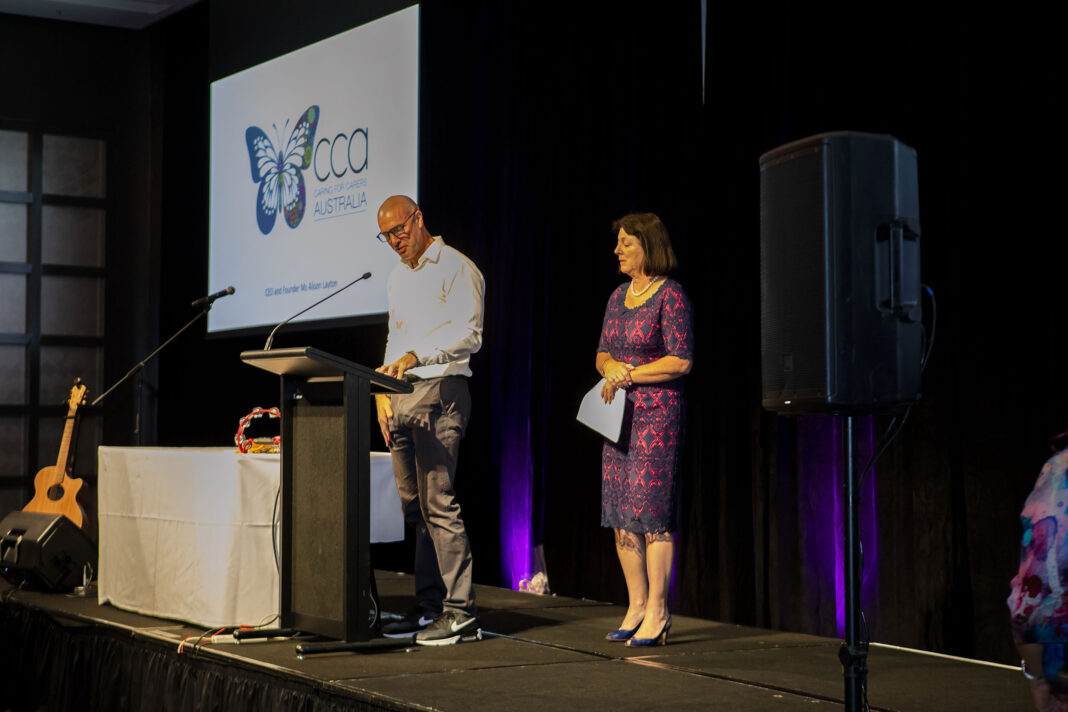Introduction
Innovations are built around a problem statement that defines the framework of the project. It contains the problem that a social organization or company would like to solve to grow its market, become better internally, or create a social change. It is essential to get the problem statement right, as this will influence the design thinking process further down the road; however, it might not be as easy to develop a good one as it looks. My name is Murray Berghan, and in this article, I will cover what a problem statement is, the essentials needed to create a well-structured problem statement for innovation, and point out the most common mistakes.
What is a problem statement?
Social and organizational innovation starts with solving problems, which must be well-defined before starting any other work. Therefore a so-called problem statement must be built around the situation. Getting relevant ideas into an organization’s innovation funnel and formulating them correctly could be the difference between successful and not so fruitful innovation, and that’s where the problem statement comes in. 1
What makes a problem statement effective?
A good problem statement considers some limitations; therefore, it should not be too broad. This is probably the most common mistake people make when designing a problem statement. By creating some limitations and making the sentence more specific, one can define a framework to work with and pick a lane where the ideas can be developed.2 A practical problem statement also establishes the gap between the desired outcome and the current situation, so the difference can be measured later. Furthermore, a problem statement must place people in focus, as they will experience the change our innovation will bring and solve the problem intended to serve their needs.3
How to create a problem statement?
The problem statement is usually created within a team in a brainstorming session. It is a common method of reflecting on each other’s ideas, and it’s about getting a better understanding of the pain points and bottlenecks of a problem. The main goal of these sessions is to get on the same page about the issue and agree about the problem and what idea we would like to test in order to solve it. This process can help tremendously to ensure we’re focused on the central issue before going deeper into possible solutions. For example, a useful practicing exercise could be to fill out the following sentence multiple times:
How might we [human-oriented problem to solve] through/by [big hunch about the innovation] so that [important outcome that will happen]?
This gives us an excellent framework to work with and keep the most critical things in mind when creating a problem statement. 4
Good and bad examples
Here are a few good examples that really live up to the expectations of a good innovation problem statement:
- How might we help the canteen area of an elementary school reduce noise levels through a better dining experience so it can be more comfortable for kids with autism?
- How might we help social workers find the necessary information and navigate their journey with a social media group to supercharge their learning curve?
- How might we help match social causes and funders through an intelligent product so that more time is spent on the activities and less time spent looking for funding?
The following examples really need some more thought put into:
- How might we help kids with autism?
- How might we escalate revenues through a fund?
- How might we help citizens improve their financial security?
The first question is too broad, not specific enough to ideate around. The second one is not human-centered, therefore leaving the most important piece out regarding innovation. This question is not totally useless, but a lot of information can be lost in the subsequent phases of innovation if we leave out the human factor. The third question is not a bad start; however, it misses the “with or “through” or a big “why“. This statement is ready to start a brainstorming session so it can be completed. The sentence can be advanced with a method or technique that we can test against. 5
Conclusion
To sum it up, the problem statement of an innovation process explains a problem to help your team get a better understanding of the problem and get relevant ideas and solutions of how to solve it. By following the structure of a good problem statement, we can make sure that it will rightfully serve its purpose and assist us in the design thinking process.
References
- Hives, How To Write A Great Problem Statement For An Innovation Challenge [cited 2022 February 24] Available at: http://www.hives.co/en/blog/how-to-write-a-problem-statement-innovation-challenge-free-template-examples
- Killer Innovations Box Think – Crafting The Problem Statement [cited 2022 February 24] Available at: https://killerinnovations.com/box-think-crafting-the-problem-statement/
- Hives, How To Write A Great Problem Statement For An Innovation Challenge [cited 2022 February 24] Available at: http://www.hives.co/en/blog/how-to-write-a-problem-statement-innovation-challenge-free-template-examples
- Medium, Part 1: Problem Statements in Digital Innovation: The Importance of Asking the Right Question [cited 2022 February 24] Available at: https://medium.com/@CauseLabs/problem-statements-in-digital-innovation-the-importance-of-asking-the-right-question-e714d97b200e
- Medium, Part 1: Problem Statements in Digital Innovation: The Importance of Asking the Right Question [cited 2022 February 24] Available at: https://medium.com/@CauseLabs/problem-statements-in-digital-innovation-the-importance-of-asking-the-right-question-e714d97b200e


















